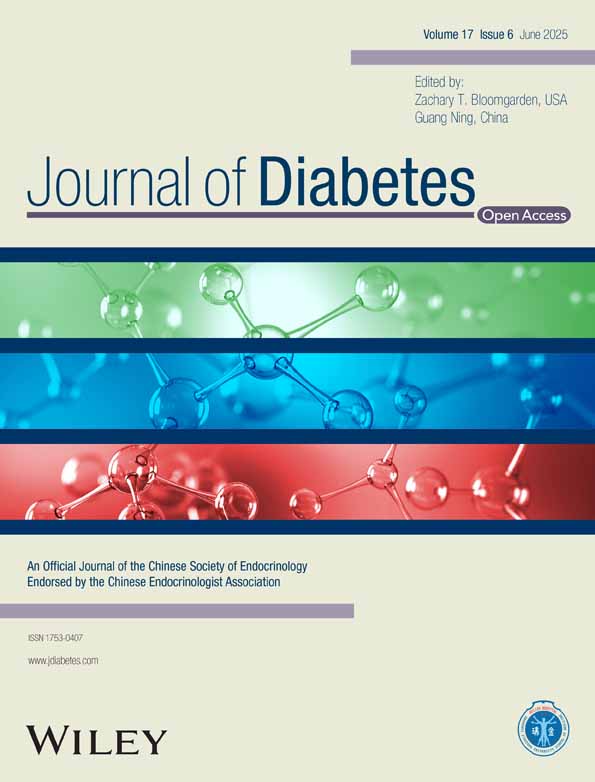Trends in Pharmacological Treatment of Patients With New Onset Type 2 Diabetes: Usage Patterns in an Evolving Guideline Landscape
Funding: The authors received no specific funding for this work.
ABSTRACT
Aims
In patients with new onset type 2 diabetes, this study aimed to analyze glucose-lowering medication use patterns between 2014 and 2022.
Materials and Methods
This retrospective study included adults with incident type 2 diabetes in the University of California Health System between 2014 and 2022. We determined medications used within 1 year of diagnosis and evaluated statistical evidence of use pattern changes via Mann–Kendall trend tests. Four categories of high-risk patients requiring cardio-kidney-metabolic protection were also evaluated in stratified analyses based on 2024 ADA guidelines.
Results
Of 40 150 patients with incident type 2 diabetes, 38.5% initiated glucose-lowering medication within 1 year. Metformin remained the most used medication from 2014 to 2022. From 2014 to 2022, usage of GLP-1 receptor agonists and SGLT-2 inhibitors increased exponentially. GLP-1 receptor agonist use increased from below 2.5%–21%. While SGLT-2 inhibitor use increased from less than 2.5%–14%. This growth coincided with a decline in sulfonylurea usage. Among high-risk, insulin was most prevalent in those with heart failure or chronic kidney disease. However, usage of insulin declined overall in all groups. Utilization of SGLT-2 inhibitors was particularly high in patients with prior heart failure.
Conclusions
In adults with new onset type 2 diabetes, GLP-1 receptor agonist and SGLT-2 inhibitor utilization has markedly increased, coordinating with evolving guidelines that emphasize cardiovascular and chronic kidney disease management. However, overall adoption rates of these medications remain low based on indicated populations. Sulfonylurea use declined while metformin remains the most frequently initiated treatment.
Conflicts of Interest
K.R.T. is supported by NIH research grants R01MD014712, U2CDK114886, UL1TR002319, U54DK083912, U01DK100846, OT2HL161847, UM1AI109568, OT2OD032581, and CDC project numbers 75D301-21-P-12254 and 75D301-23-C-18264. She has also received investigator-initiated grant support from Travere Therapeutics Inc., Bayer, and the Doris Duke Charitable Foundation. She reports consultancy fees from AstraZeneca, Boehringer Ingelheim, Eli Lilly, Novo Nordisk, Travere Therapeutics Inc., and Pfizer, and speaker fees from Novo Nordisk. W.H., W.S., and A.R. declare no conflicts of interest or financial relationships. J.H.W. has received funding support from the California Health Benefits Review Program and a UC Irvine Health Affairs Strategic Funding grant to examine incretin mimetic use. J.H.W. serves on the Forum on Drug, Discovery, Development, and Translation of the National Academies of Sciences, Engineering, and Medicine.




